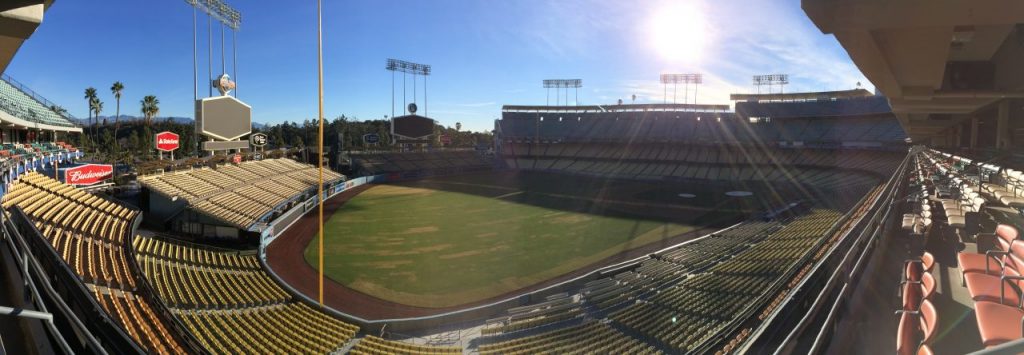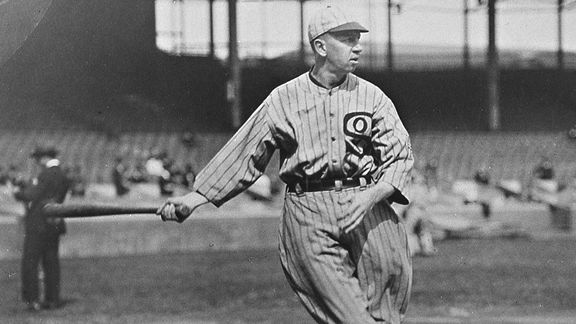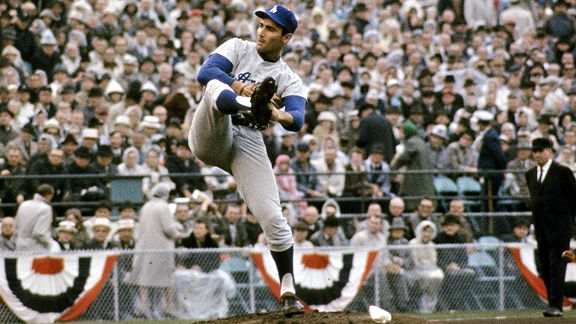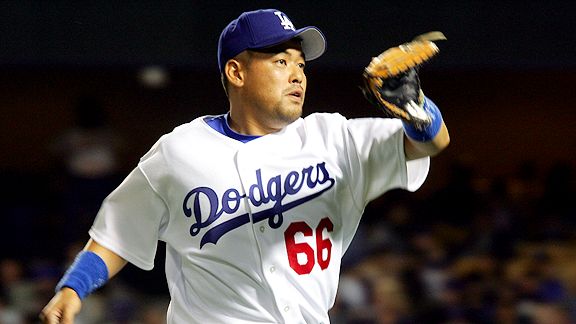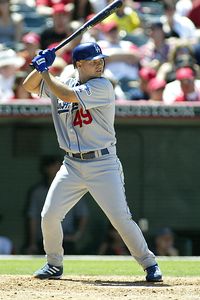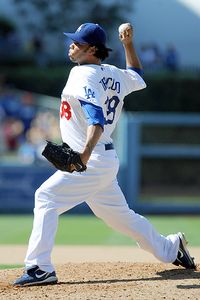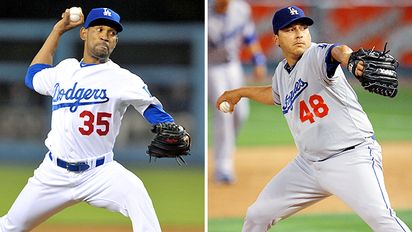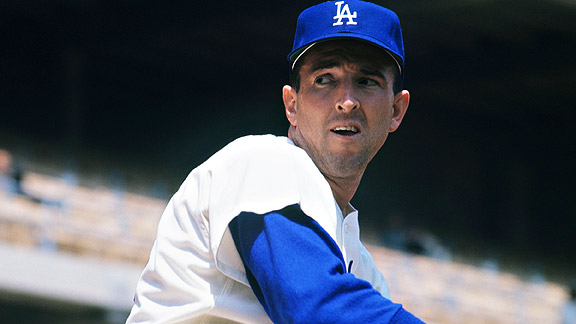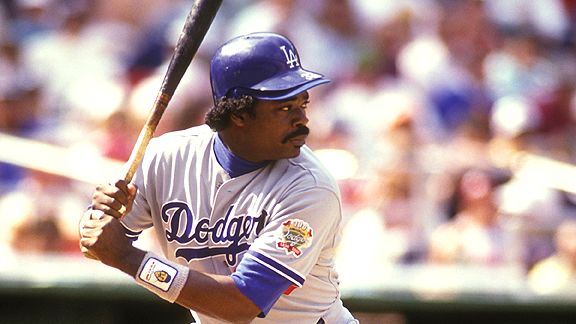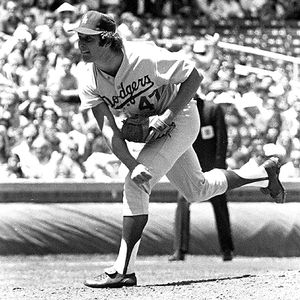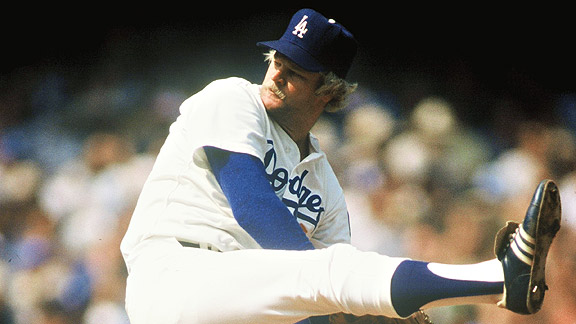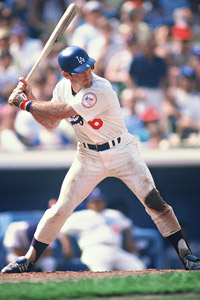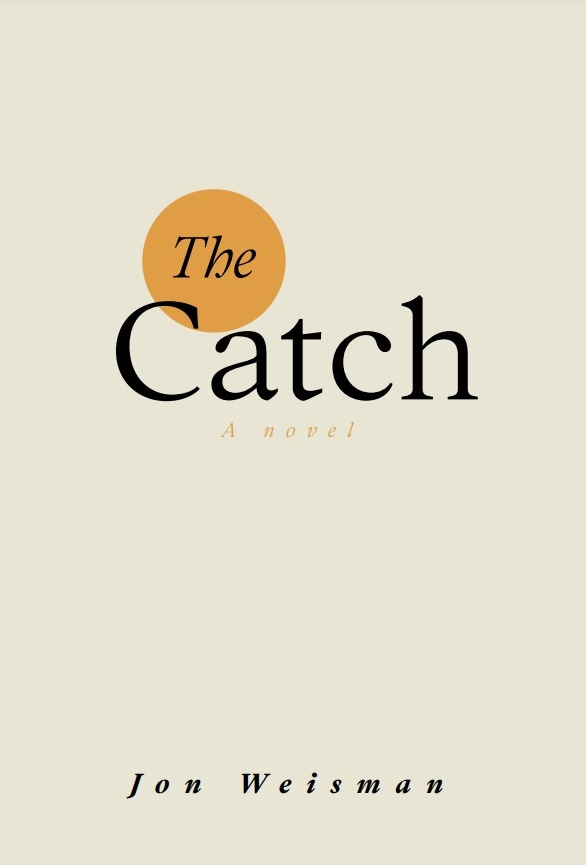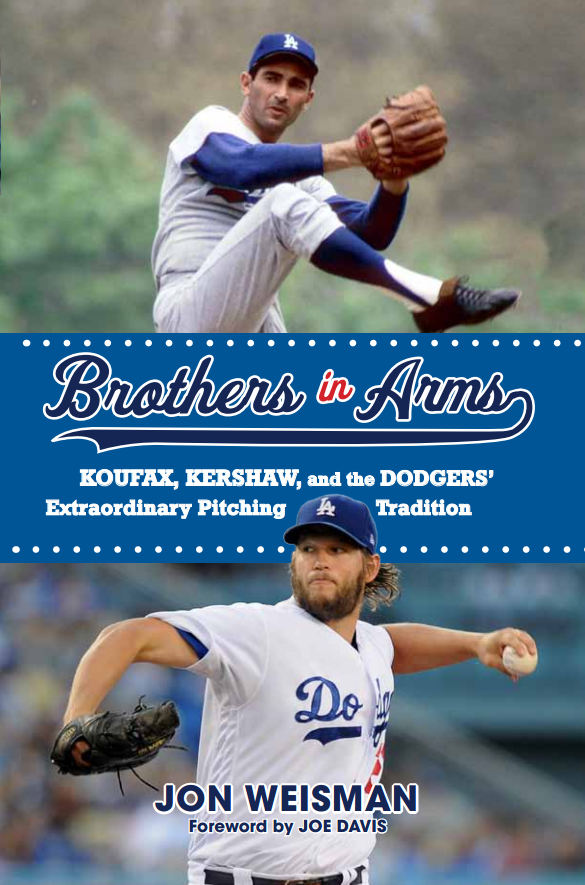Orel Hershiser became known as one of baseball’s most intelligent, well-spoken and thoughtful players during his unforgettable 1988 season. Now, 23 years later at age 52, he comes across as a tenured professor.
When I caught up with him as he prepared for his first season on ESPN’s lead baseball broadcast team, he displayed all the insight of his playing days, with the added perspective of time gone by.
One of the most interesting things about Hershiser is that he comes across as very honest about his own abilities — both positive and negative. There’s little false modesty with Hershiser — when 1988 is brought up, he politely challenges the tendency some people have to only cite that year from his career, noting that his 181 wins in his other years must mean something, and he also makes the case that he might have been an even better pitcher in 1989.
But ask him to talk about whether he was nervous at all when he reached the World Series in ’88, and he’ll tell you that he “felt butterflies every one of my outings in the big leagues.” And ask him for the truth behind the mythic story of Tommy Lasorda giving him the nickname of “Bulldog,” and he’ll be similarly forthcoming.
“I wasn’t a very good pitcher when the nickname ‘Bulldog’ came to me,” Hershiser said.
“It came about during a very hard time in my career. … It was my attitude and my fear and my respect for a big league hitter that was getting in my way.”
Hershiser spreads his savvy with enthusiasm, as a true fan and student of the game. It’s funny — this week, Andre Ethier expressed his frustration about the direction of the Dodgers. Ethier is 29 years old, has played in two National League Championship Series and is coming off a losing season. In April 1988, Hershiser was 29, had played in two NLCS and was coming off two losing seasons.
“I think you should have a mindset of getting to the playoffs,” Hershiser said. “Because once you get in the playoffs, it is kind of a crapshoot.”
But then Hershiser amplified his thoughts, noting the tangible difference between regular-season baseball and postseason ball.
“There are tactics,” he said. “There are surprises; there are things you can do in playoff baseball that can give you an edge.
“That scouting report is coming into the playoffs with you, and [the postseason] is time to change. It is time to surprise the opponent with pitches you might not throw in certain situations. It is time to hit and run in certain situations. It is time to suicide-squeeze. It is time to play reckless at certain times.”
In ’88, Hershiser said he threw a sidearm pitch to Jose Canseco “when I hadn’t probably thrown a sidearm pitch all year.” And Hershiser rhapsodized about faking a bunt on a 3-2 pitch with Alfredo Griffin on base before swinging away, to knock the A’s off-kilter.
Hershiser can’t say enough about how much it meant when Kirk Gibson fell in the Dodgers’ laps during post-collusion free agency. He told a tremendous story about the famous incident when Jesse Orosco eyeblacked Gibson’s cap and, as Hershiser put it, embarrassed Gibson and truly had him questioning his teammates’ commitment to winning. Calling himself a “semi-team leader,” Hershiser went into the showers with Gibson in full uniform to talk him back from “getting out.”
“Gibson,” Hershiser said, “made it cool to care.”
That attitude continued even through the end of the 1989 season, which found the Dodgers back below .500 and playing for nothing but pride when October came. In his final start of the year, Hershiser went 11 innings and threw 169 pitches.
“That’s who Tommy was,” Hershiser said, with full support. He didn’t want to come out of the game, not at all.
Hershiser had the full offseason to rest from that start, and doesn’t blame it for the shoulder trauma that knocked him out for 13 months in April 1990. He believes wear and tear was going to get him sooner or later, and at the same time, partly credits the rest of his arm received during that time for the success he had in the second decade of his career, which included three top-flight seasons in a sort of homecoming with Cleveland (he went to college at Bowling Green in Ohio).
His next stop was San Francisco, the Dodgers’ arch-rival, and Hershiser said he welcomed it because he knew Giants fans “would hold me accountable.” He enjoyed the experience of playing both in San Francisco and New York, where he pitched 179 innings for the Mets at age 40.
His final year in the majors was 2000, coming back full circle with the Dodgers. He had an upbeat spring and pitched six innings of one-run ball against Cincinnati in his second start, but he allowed seven runs in 1 1/3 innings in his third, hitting four batters. In late June, he suffered a terrible beating at the hands of the Cardinals that forced him off a major league mound for the last time.
Sitting in the Dodgers dugout this week, Hershiser recalled the moment … intelligent, well-spoken, thoughtful. Emotional.
“Tommy was the one who told me,” Hershiser said. “They let Tommy deliver the news back in the clubhouse, in the medical room where he took me right after that outing. He kind of pretty much never said ‘Orel, you’re released.’ He just said, ‘Don’t you think it’s time?’ And we agreed, and cried. You know, it was hard.
“This was the last place I sat, and had my head back on the cement [wall]. And I could feel the coldness of the cement of Dodger Stadium, knowing this was it. It was over. But it was great, because the fans gave me a standing ovation, they knew how bad I pitched, but they respected [me]. They knew it was over too. It’s pretty good when thousands of people understand that you were really bad, but we respect you enough to do a standing ovation.”
